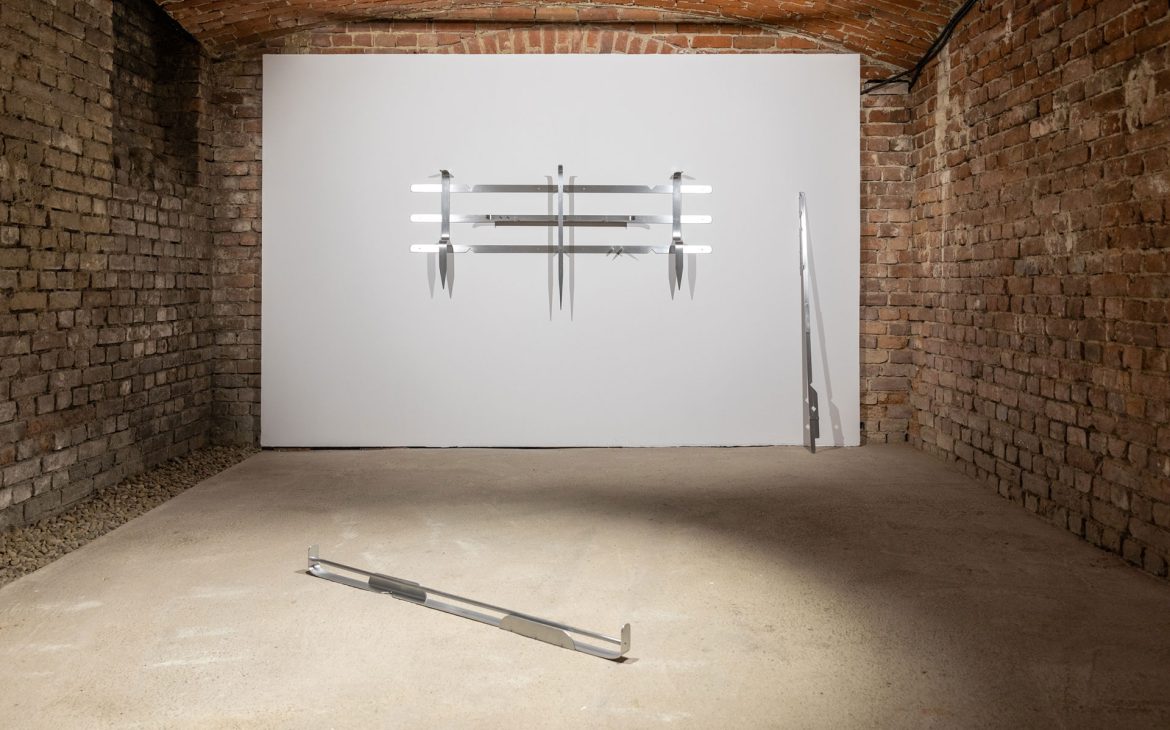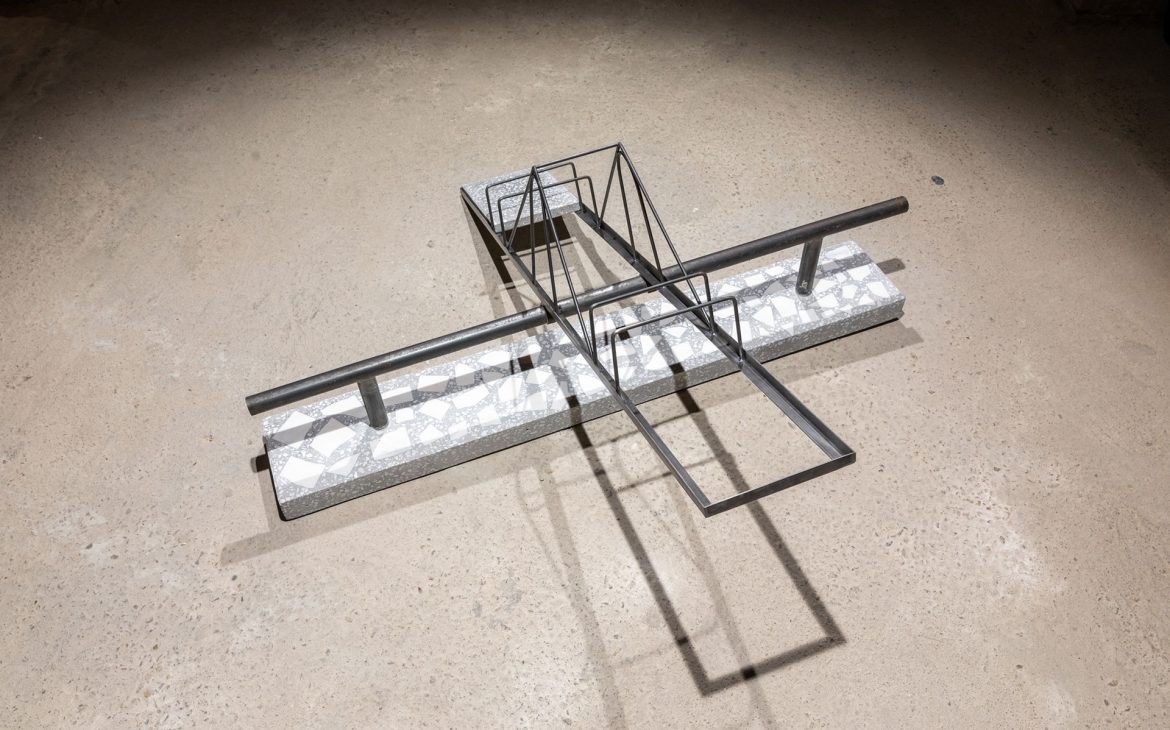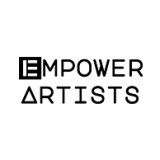The “Back to Where It All Began” exhibition, newly opened at Gaep Gallery, represents the second stage of the Accelerator program. Mentoring and Production for Emerging Artists, which supports, through its activities, a strategic approach to the careers of emerging artists.
The 10 emerging artists selected last year in the program, the protagonists of the current exhibition at Gaep are Andrei Arion, Flaviu Cacoveanu, Roberta Curcă, Lucia Ghegu, Mihaela Hudrea, Alina Ion, Maria Mandea, Delia A. Prodan, Stanca Soare, Ana Maria Szöllösi.
Their works investigate, through different means, the society and environment in which we live. Curator Tevž Logar anchored the exhibition concept in the structural specifics of the program, generating a special dynamic between those involved in the project. During its two years of operation, the Accelerator has developed as a platform where ideas, knowledge and professional experiences are shared. Starting from this reality and from the desire to avoid a “classic” group exhibition, which would tend to illustrate a certain curatorial discourse, “Back to Where It All Began” eludes a meta-discourse and focuses on the new productions of the ten participants.
Through the ensemble of new works by the 10 artists, the exhibition reflects today’s life and society through distinct perspectives and work processes. This melange finally leads the visitor to draw his own conclusion regarding the value and a certain “permanence” of some elements in life, even in the form of feelings or memories. All this comes in antithesis with a certain tinge of revolt expressed by some works with the aim of signaling anomalies of the present, or just real contexts that we feel in the daily life that changes so much from one day to the next.

The exhibited works address either the increasing need for space, resulting in a modular and sustainable practice, in accordance with the world in motion (Andrei Arion), or the importance of spontaneous gestures in the work process, through which the interaction with the urban environment is captured via mobile phone (Flaviu Cacoveanu). Or develop a language of documentation through signs, notes, quick drawings and personalized templates, rendering themes such as anxiety about global warming or the passage of time (Roberta Curcă).
There is no shortage of works that incorporate the two-dimensionality of geometric drawings and the three-dimensionality of an aluminum sculptural object, incorporating architectural, industrial, and erotic references to investigate the “mental architectures” behind some of our attitudes or actions (Lucia Ghegu).
The interest in the Big Bang moment, the beginning of time, is based on a group of works with an abstract visual language, amply documented by references from fields such as physics, astronomy, and philosophy. (Mihaela Hudrea)
The dilution of the boundaries between private and public is addressed by one of the works located in the basement of the gallery, which includes fragments from a series of personal notations, uniquely revealed to the public (Alina Ion).
In a similar register, a series of works (Ana Maria Szöllösi) explores the formation and fragmentation of memory, seen as a way of introspection, and one of the works is an analogy to how an experience is better understood once we distance ourselves from This one.

Childhood is also brought to the fore. A sculpture of a see-saw “extracted” from an old playground sweeps between past and present, embodying fragility not only because the slides, swings and see-saws were intended for children, but because the playground in its former form no longer exists ( Delia A. Prodan).
A participative game-installation (Maria Mandea) is transformed by the decisions of the visitors, allowing them to claim the public space, starting from the real case of the IOR park in Bucharest, part of which became private property following the retrocessions after 1989. The participants claim the park by planting lollipop trees.
Last but not least, the “Back to Where It All Began” exhibition includes an installation that examines the intersection between cultural and economic capital in the art world (Stanca Soare). Complex topics such as the commodification of art, the increasing influence of branding and marketing, and the ethical and legal issues of cultural property are addressed from a personal perspective. The installation infiltrates the gallery’s bathroom in the form of useful everyday objects such as soaps, towels, and a rug with meticulous hand embroidery.

“In keeping with the note of unpredictability that the artistic medium itself implies, the contrasting meanings and formal relationships between the works – photographs, video, objects, paintings, installations and drawings – outline the exhibition as a multilayered, composite and ambiguous entity that questions its own foundation. But there is one area where the ten artistic practices meet in a profound way, not through their formal or conceptual similarities and not for the sake of illustrating a theme – it is about their agency in reflecting relationships in society. That is why the idea of the exhibition will not stop when the exhibition closes and the program ends. It will continue to exist and evolve as a new form where it all began. In the rigorous tenacity of artists.” – argues curator Tevž Logar
The exhibition “Back to Where It All Began” is one of the three stages of the Accelerator, a program that seeks to define a model of long-term collaboration with young artists. Running throughout 2022 and 2023, it highlights, among other things, that they need full support to put their ideas into practice – support that goes beyond “ad hoc” exhibition projects, including professional guidance and good conditions of production and creating a context for and dialogue about the artworks produced.
Cover photo: View from the exhibition | Mihaela Hudrea, Turbulence, 2023, and 8888, 2022 (left), & Flaviu Cacoveanu, Untitled (Receipt), 2020 (right)
Photo credit: Gaep Gallery & Accelerator.




